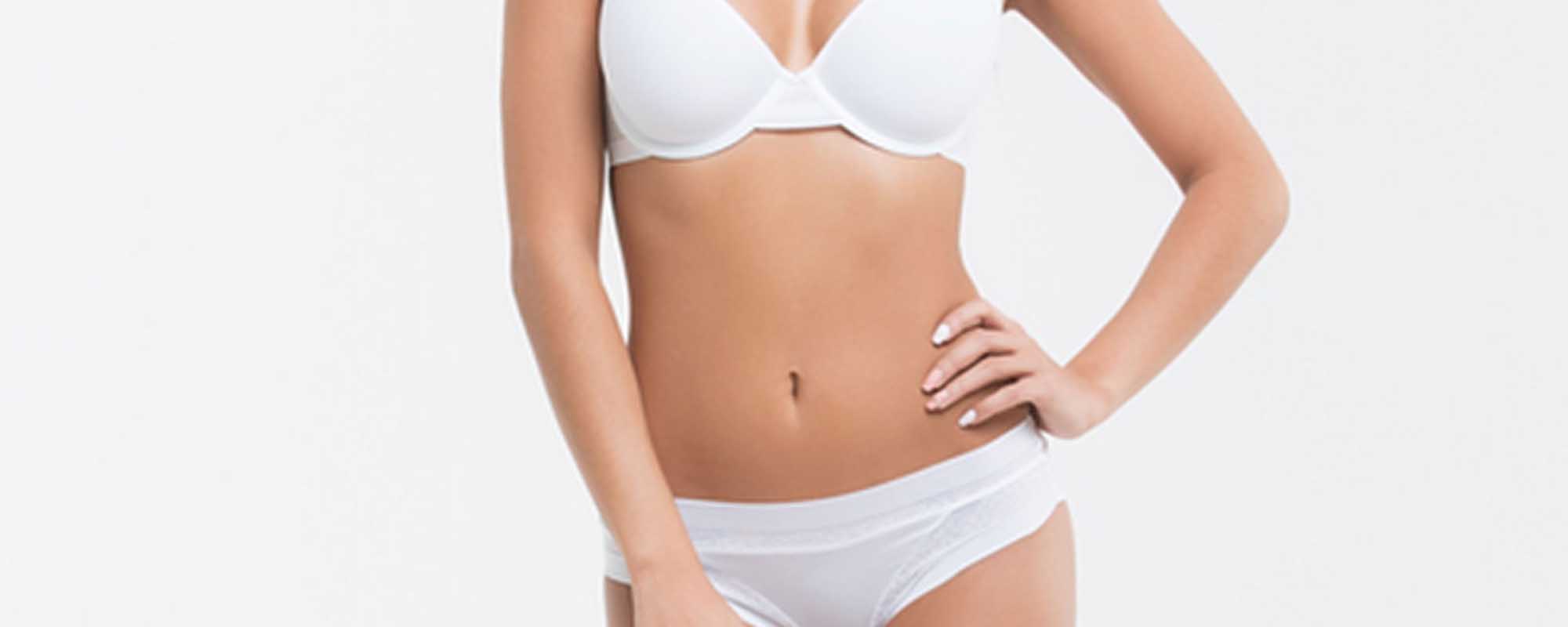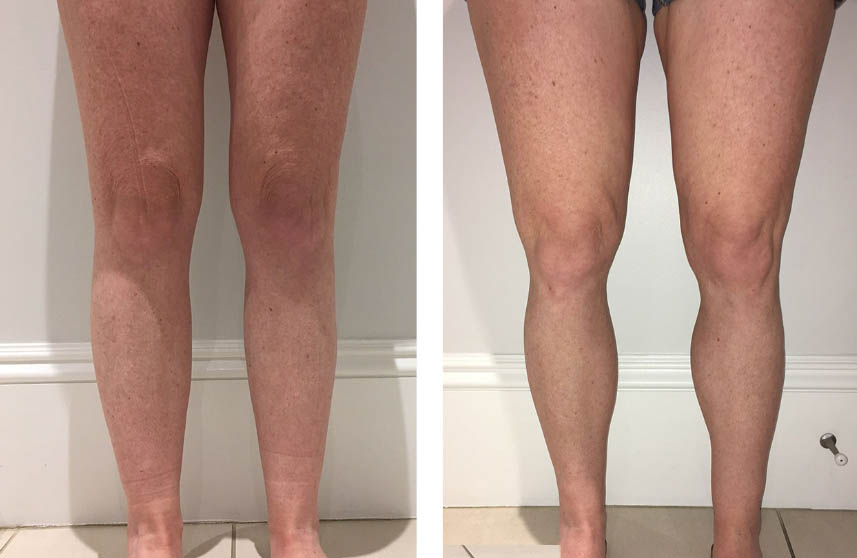
02/27/2020 0 Comments
Top 15 Liposuction FAQs Answered
If you have landed on this page, you are most likely concerned about areas of localized fat on your body and are considering liposuction, and would like to understand aspects of the procedure. In the past, you may have tried exercise — and just about every other way you can think of — to get rid of stubborn areas of fat, but you just can’t seem to get your body where you’d like it to be. Liposuction can help you reach your body goals.
To help determine whether liposuction is a good fit you, there are 15 common questions candidates ask their surgeons most frequently.
1. What is liposuction?
For starters, liposuction is a surgical procedure that helps contour your body by removing excess fat deposits located just under the skin. It removes the pockets of fat that are most resistant to diet and exercise. Liposuction may also have several clever names which essentially mean the same thing. Liposculpture is how a surgeon many sculpt areas of your body using the liposuction method. Lipo 360 essentially means lipo around the full circumference of your body – in other words you are turned over during the procedure 360 degrees so that both the front and back of your body are treated.
2. Am I a good candidate for liposuction?
There are two layers of fat you need to understand before determining if you are a good candidate for liposuction: subcutaneous fat and visceral fat. Subcutaneous fat can be stubborn to lose, and it lies between muscle and skin. Visceral fat, on the other hand, is the layer beneath the muscle layer around organs. Visceral fat cannot be removed, but the subcutaneous layer can. The subcutaneous layer’s integrity, as well as your skin’s elasticity will help determine if you are a good candidate. An important consideration when evaluating whether liposuction is right for you is ensuring the skin envelope will not sag or look wrinkly with fat removed. This will be determined in your consultation.
Ideal candidates are healthy, close to their weight goals, and nonsmokers. An office consultation with your surgeon is recommended to determine if you could benefit from liposuction. Dr. Zienowicz will be able to help you best determine the areas you will see the most benefit from liposuction and how he can sculpt those areas for an ideal result.
3. What parts of the body can I have liposuction performed on?
The optimal area(s) for you depends on your unique response to exercise and diet. Common problem areas of the body where women want liposuction performed are:
- Chin and neck area – double chin removal
- Abdomen and Flanks – create curves and sculpted abs and remove love handles and muffin tops
- Breasts – remove “side boob” fat
- Hips – eliminate squareness
- Outer, anterior, and inner thighs – define thighs in proportion to knees and calves
- Knees – create runners’ knees
- Arms – sculpt and define for the appearance of toned and “cut” upper arms
- Back – removed dreaded back fat to soften and create a more feminine physique
Men tend to have liposuction performed most commonly on the chin and neck area, flanks (love handles), abdomen, and male breasts.
Dr. Zienowicz will help you determine where liposuction would benefit you most.
4. Is liposuction safe?
Tumescent liposuction that is performed by a board-certified plastic and reconstructive surgeon under local, IV sedation or general anesthesia is very safe. The determination of anesthesia type would be made based on the number of areas being addressed and the projected amount of fat expected for removal.
Compared to other surgical procedures, liposuction is one of the safest. The procedure is non-invasive; the liposuction cannula is a narrow stainless-steel tube that removes subcutaneous fat through a very small insertion cut in the skin.
5. Is liposuction a weight loss procedure to treat obesity?
Liposuction is not for obesity, and it’s a misconception that liposuction is a weight-loss treatment. Rather, it’s a fat reduction procedure. The amount of fat you can have removed depends on many factors, including the surgeon’s assessment of your health and body goals. That said, even if you are over-weight, liposuction will help remove several pounds and in such a way to enhance your figure.
6. What are the differences between liposuction and a tummy tuck?
Liposuction removes fat from undesirable areas on the body. With liposuction the surgical incisions are small and recovery time is minimal. Liposuction by itself does not tighten excess skin from massive weight loss or childbirth.
A tummy tuck involves removing excess fat and skin and begin with surgery to correct and tighten weakened abdominal wall muscles (diastasis recti). A tummy tuck’s surgical area is larger, and the incision is longer. Neither procedure is for weight loss, rather they both help boost your body confidence with a slimmer appearance and help you achieve your ideal body contour. Dr. Zienowicz will perform an examination of your abdominal muscles and any excess skin and stretch marks to determine if a tummy tuck is necessary.
7. Is liposuction covered by insurance?
Because liposuction is considered cosmetic by health insurance carriers, it is not a covered procedure.
8. What are the costs and is financing available?
Costs vary by the patient’s needs and on how many areas are treated by liposuction. One area for liposuction treatment costs less than multiple areas. Following your consultation, Dr. Zienowicz’s surgical coordinator will review costs and help you assess various financing options to put a liposuction procedure within reach of your budget. Dr. Zienowicz accepts www.carecredit.com and www.goalphaeon.com and both plans may be reached directly from our website.
9. How does a patient prepare for liposuction surgery?
Your surgeon will provide instructions for the days prior to liposuction. Be sure to ask a trusted friend or family member to drive you to and from the surgical center and to help assist with postsurgical care. Blood thinning medication, such as aspirin should be stopped before the procedure. When using general anesthesia, blood work is done ahead of time to ensure you are good candidate for anesthesia. On the surgery day, no food or drink should be consumed for about 12 hours prior to the surgery appointment time.
10. What happens during the liposuction procedure?
The surgeon makes small cuts in the skin and inserts a tool called a cannula into the fat pocket, just under the skin. This cannula attaches to a suction or a syringe that pulls out the fat. It’s typically an outpatient surgery, so even if you are put under anesthesia, you will go home on the same day as the surgery.
11. What is the recovery like?
The patient can usually return to work within just a few days and resume normal exercise activities within 2-4 weeks, or less. You will likely be asked to wear a surgical compression garment for several weeks and this will be put on you immediately after your liposuction procedure. Recovery and postsurgical care may vary, depending on the area(s) treated and the amount of fat removed. Follow your surgeon’s aftercare instructions to minimize pain and its duration. Rest, hydration, and not smoking will help with healing time and to eliminate complications.
The most common postsurgical effects can include some swelling, bruising, and tenderness in the area of the procedure. The surgical team will offer some options on pain relief after surgery as well as a list of pain relievers to avoid.
12. Will there be scarring?
Because the modern cannula (microcannula) is a small instrument, scars are tiny or unnoticeable. Redness will coincide with how many insertion points are necessary for the procedure and will depend on the skin’s elasticity and this will fade over time. Dr. Zienowicz will discuss ideal locations for discrete insertion points and the best ways you can minimize redness and care for your skin after liposuction.
13. What postsurgical and follow-up care is necessary?
Compression garments are used to reduce puffiness and speed up healing. If special care is required, you can plan it with your surgeon for optimal healing. The surgeon may require only one or two post-surgery visits to confirm that everything is healing according to schedule or if multiple areas were treated, you may require multiple follow-up visits, depending on your situation. Following your liposuction procedure, you and your care team will be watching out for any post-surgical fluid collection in the areas treated. If fluid pockets are present they are easily aspirated during a follow up visit to ensure a nice long-lasting flat result.
14. What results should a patient expect after the procedure?
Your surgeon will discuss and help you visualize realistic results. Immediately after surgery, there may be swelling and loose skin that will go away during the healing process. It may take several weeks to months to see the full extent of the results of the procedure. The final result will be a lovely enhancement to create a slimmer more toned figure.
15. Will I gain the fat back after liposuction?
Fat cells removed via liposuction are permanently removed; however, we recommend you maintain a stable weight to keep new fat from coming back to problem areas. Be sure to exercise and eat a healthy diet to help achieve long-lasting results.
If you’re considering liposuction or other procedures, we would be delighted to help guide you through this process. Get in touch today to learn about your options and schedule a consultation at your convenience.


Comments
Leave a comment